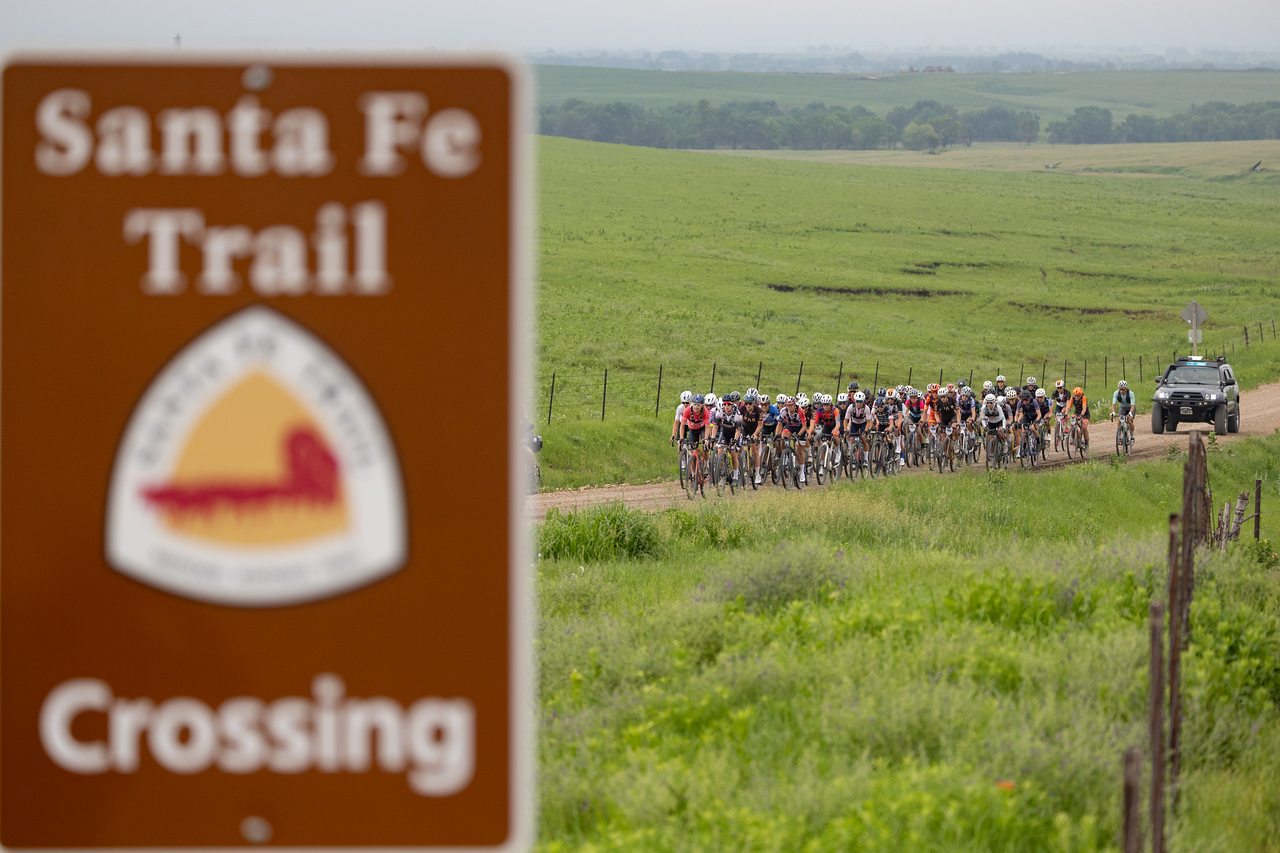Josh Sens
;)
Oakmont gives the world’s best all they can handle. What about a weekend player?
Getty Images
Fifty-two years ago this month, Johnny Miller played 18 holes at Oakmont Country Club in 63 strokes. His triumphal Sunday at the ’73 U.S. Open set a single-round championship scoring record that would stand for a half-century (at the 2023 U.S. Open, Rickie Fowler and Xander Schauffele both posted first-round 62s). It also stood out starkly from the field. Only four other players broke par that day, which is par for the course at Oakmont, where the scoring average in nine U.S. Opens (this week marks the club’s 10th turn as the tournament host) is a beefy +4.63 per round.
Translate those numbers into English, and they read like this: Oakmont is a bear, guaranteed to give the world’s best all they can handle. But how to put its challenge into layperson’s perspective? The USGA has a digital tool that uses your Handicap Index and course data to generate a “target score” on each of its championship venues. According to that online calculator, the “target score” for a 15-handicap at Oakmont would be 98.
A “target score,” though, is defined as what you’d shoot if you played to your handicap, something golfers only manage in 15 to 20 percent of their attempts. What would happen the rest of the time? For additional insights, we put the question to three of our well-traveled course-ranking panelists. If a 15-handicap took on Oakmont in U.S. Open conditions, playing strictly by the rules — no foot wedges, no gimmes — what would the final damage be? Here’s what they said.
Tom Brown: Sounds harsh, but I’ll be optimistic and say 115. I count five holes requiring at least a 250-yard carry from the championship tees. The average male golfer with a 15 handicap drives the ball approximately 215 to 230 yards. Not making the fairway is defeating, and the next shot is not likely to lift one’s spirits, either. The primary difference between everyday play at Oakmont (which is challenging already) and the U.S. Open is the length of the rough. Few 15-handicaps will have the experience to wedge back in the fairway.
I’m assuming nice weather for the 115. If the rough is damp, it’s even more challenging for the average amateur as the ball sits down even more. Conventional wisdom holds that Oakmont may have the most difficult greens in the world. Daily-play hole locations are very tough, but bank on a few more three and four-putts with U.S. Open hole locations. Under the World Handicap System implemented by the USGA and R&A, the maximum hole score a player can post for handicap purposes is net double-bogey. Double-bogey average comes in at 106. But since we’re counting everything, I’m counting on a higher final tally.
;)
Gary Lisbon
Ran Morrissett: A lot would have to go right for a 15 handicap to break 120 at Oakmont. First, there is the length, with seven par-4s over 450 yards, two par-5s over 600 yards — and don’t get me started on the par-3 8th at 289 yards. Second, the rough, the likes of which would stymie a 15-handicapper in all kinds of ways. I don’t know how a double-digit handicap golfer could ever advance the ball more than 100-115 yards, and plenty of times they wouldn’t. Smothered attempts at recovery are apt to go 5 or 10 yards, if that. And once the player starts steering their tee shots to avoid the rough, they will start missing fairway after fairway.
Then, there are the 200-some-odd bunkers, which may or may not be easier than the rough. If they got in the Church Pews, would they have the discipline to pitch out sideways and take their one-shot medicine? I ask because most 15-handicaps don’t excel at course management.
Finally, there are the greens, which I have trouble seeing a 15-handicapper conquering in less than 45 putts (and 2.5 putts per green on average may be generous). The pace and tilt would devastate the delicate psyche of 99 percent of all golfers. How does your brain react to seeing a five-foot downhill putt on the 1st green turn into a 10-foot comebacker? And that just occurred on the 1st green — you have 17 more to go. As your confidence erodes, all kinds of horror scenarios will unfold.
What a 15 handicap would shoot at Augusta National, according to Masters champs
By:
Jack Hirsh
This is the compounding effect at Oakmont: once the course exposes whatever your weaknesses are, it will mercilessly drill down on them time and time again. Remember: Oakmont was built to be hard and that’s what it is. If there is a more challenging course on a daily basis, I haven’t played it.
Brian Curley: With the course tipped out, even a straight, well-struck tee shot may have issues finding the fairway. The ditches at Oakmont are like magnets, and fairways pitch toward them, often severely. And finding the fairways is the least of your worries. The course is relentless and narrow and offers little in the way of bailout.
My first encounter with Oakmont was during an outing with the American Society of Golf Course Architects, where I started on the back nine, missed the green by a couple of club lengths and went chip, chip, three-putt. The greens are beyond imagination. The frustration would only build hole-by-hole, and there are no breathers to get you back on track. I would guess our 15-handicap would make zero pars, and maybe a couple of lucky doubles. The obligatory “others” would dominate. That puts them at 100, easy, and they still have a few holes left.
“>
;)
Josh Sens
Golf.com Editor
A golf, food and travel writer, Josh Sens has been a GOLF Magazine contributor since 2004 and now contributes across all of GOLF’s platforms. His work has been anthologized in The Best American Sportswriting. He is also the co-author, with Sammy Hagar, of Are We Having Any Fun Yet: the Cooking and Partying Handbook.


;)











